The Netherlands is a tiny country with a big reputation, known for everything from its renowned art and architecture to its attitude toward marijuana to its world-famous canals. From the streets of Amsterdam to the quaint villages in the countryside, there’s plenty to do in the Netherlands.
Just make sure you pack all the essentials, including devices like your phone and Kindle, as well as a US-to-Netherlands power adapter to plug them all in without risking any damage to your electronics.




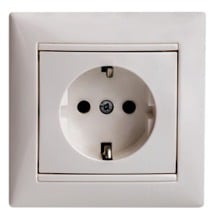
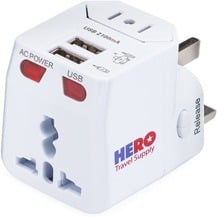
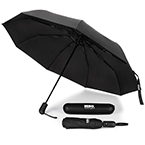
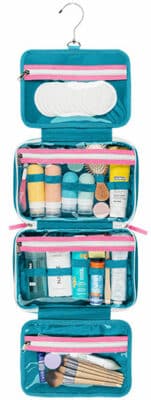

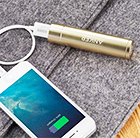
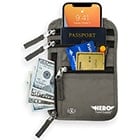

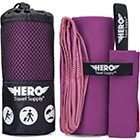
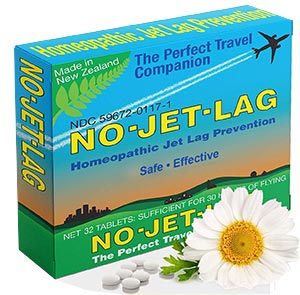

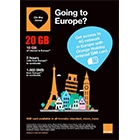

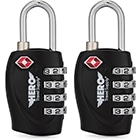
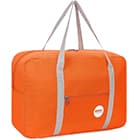


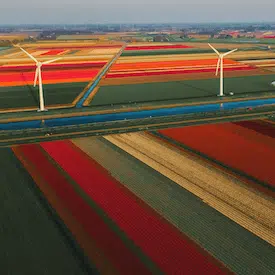 The Netherlands is among the most developed countries in the world, and its electrical infrastructure is no exception. By 2030, solar and wind are expected to have a cumulative share of over 60% of the total capacity, while coal power generation is expected to be phased out by 2028.
The Netherlands is among the most developed countries in the world, and its electrical infrastructure is no exception. By 2030, solar and wind are expected to have a cumulative share of over 60% of the total capacity, while coal power generation is expected to be phased out by 2028.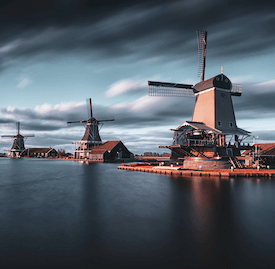 Because the winter months can get cold and dreary, it’s not the ideal time to visit. Visiting the Netherlands between mid-spring and mid-fall will be much more pleasant. July and August are the busiest months for tourism, so if you go a little earlier or later, you’ll be treated to lower prices and fewer crowds. Be sure to check current
Because the winter months can get cold and dreary, it’s not the ideal time to visit. Visiting the Netherlands between mid-spring and mid-fall will be much more pleasant. July and August are the busiest months for tourism, so if you go a little earlier or later, you’ll be treated to lower prices and fewer crowds. Be sure to check current 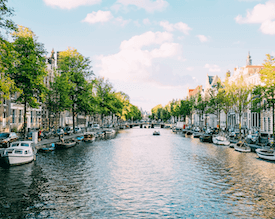 Taking a cruise through the canals is one of the top things to do in the city, and there are numerous different options depending on what you’re looking for. Amsterdam is also home to some world-famous museums, including the Van Gogh Museum and the Anne Frank House, as well as many lesser-known ones, like the FOAM Photography Museum.
Taking a cruise through the canals is one of the top things to do in the city, and there are numerous different options depending on what you’re looking for. Amsterdam is also home to some world-famous museums, including the Van Gogh Museum and the Anne Frank House, as well as many lesser-known ones, like the FOAM Photography Museum.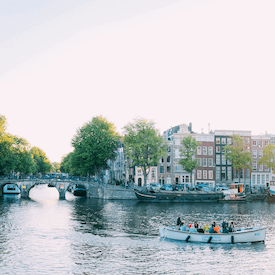 Thanks to its developed infrastructure, the Netherlands is quite easy to get around. The country’s rail network is extensive, and because the country is so small, train trips are almost never longer than a couple of hours. Buses may be the only choice in the north and east of the country, though, where trains are less common. Otherwise, buses are more often used for shorter trips.
Thanks to its developed infrastructure, the Netherlands is quite easy to get around. The country’s rail network is extensive, and because the country is so small, train trips are almost never longer than a couple of hours. Buses may be the only choice in the north and east of the country, though, where trains are less common. Otherwise, buses are more often used for shorter trips.